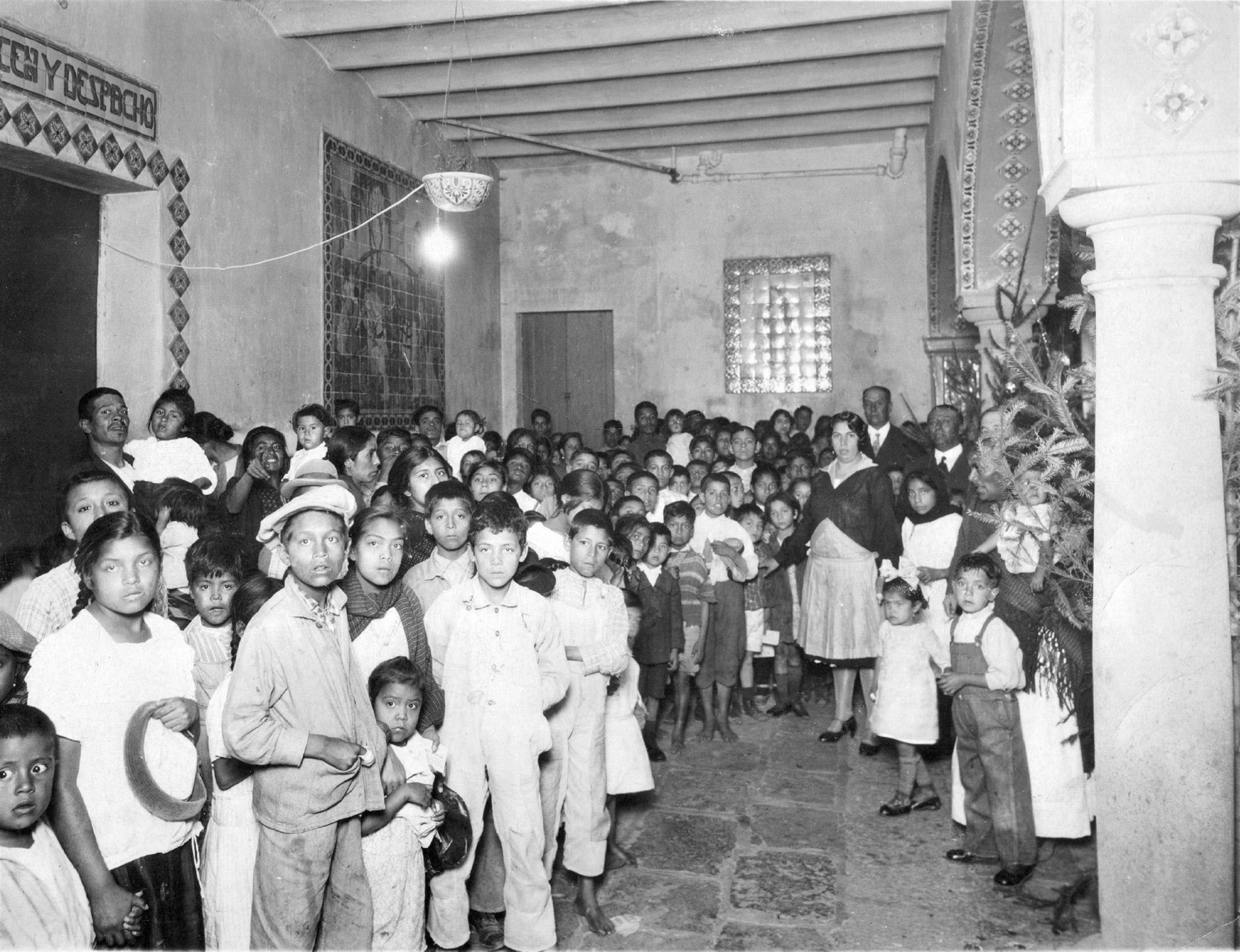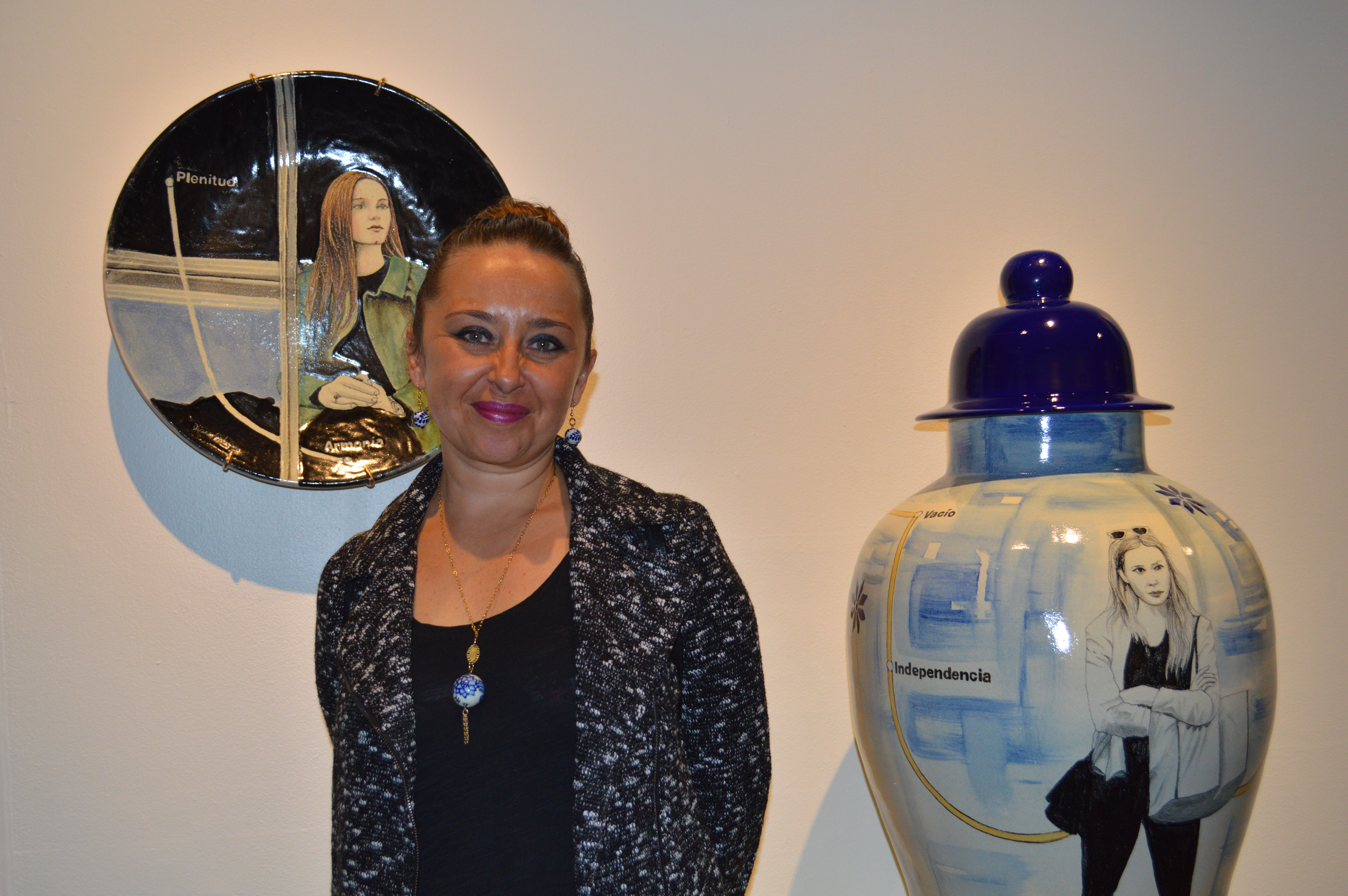Uriarte Talavera on:
[Wikipedia]
[Google]
[Amazon]
 Uriarte Talavera is a traditional Talavera enterprise in the city of Puebla,
Uriarte Talavera is a traditional Talavera enterprise in the city of Puebla,


 Uriarte is one of the oldest producers of
Uriarte is one of the oldest producers of
 Uriarte makes about 20,000 pieces a month on average, with about half of the production exported to the United States, France, Italy,
Uriarte makes about 20,000 pieces a month on average, with about half of the production exported to the United States, France, Italy,
 Pieces from the workshop can be seen in the permanent collections of the Museo José Bello y Gonzalez in Puebla and the Franz Mayer Museum in
Pieces from the workshop can be seen in the permanent collections of the Museo José Bello y Gonzalez in Puebla and the Franz Mayer Museum in
Mexico
Mexico (Spanish: México), officially the United Mexican States, is a country in the southern portion of North America. It is bordered to the north by the United States; to the south and west by the Pacific Ocean; to the southeast by Guatema ...
, which has been in existence since 1824. It was begun as a family workshop by Dimas Uriarte, but today it is run by a business group. However, the enterprise still makes Talavera pottery using 16th century methods. Much of its work still uses traditional colors and designs, and eligible for certificates of authenticity by the Mexican government, but it has also experimented with new designs and forms since the early 20th century. This has included collaborating with various plastic artists to create modern designs and even artistic pieces .
History

 Uriarte is one of the oldest producers of
Uriarte is one of the oldest producers of Talavera pottery
Talavera pottery (Spanish: Talavera poblana) is a Mexican and Spanish pottery tradition from Talavera de la Reina, in Spain. The Mexican pottery is a type of majolica ( faience) or tin-glazed earthenware, with a white base glaze typical of the ...
in Mexico. This is a kind of majolica
In different periods of time and in different countries, the term ''majolica'' has been used for two distinct types of pottery.
Firstly, from the mid-15th century onwards, was ''maiolica'', a type of pottery reaching Italy from Spain, Majorca a ...
, named after the city of Talavera de la Reina
Talavera de la Reina () is a city and municipality of Spain, part of the autonomous community of Castile–La Mancha. Its population of 83,303 makes it the second most populated municipality of the province of Toledo and the fourth largest in the ...
which had developed in Spain from Arab and Chinese origins and brought to Mexico after the Spanish conquest of the Aztec Empire
The Spanish conquest of the Aztec Empire, also known as the Conquest of Mexico or the Spanish-Aztec War (1519–21), was one of the primary events in the Spanish colonization of the Americas. There are multiple 16th-century narratives of the eve ...
. While majolica was made in a number of places in Mexico, it became highly refined in the Puebla city area, especially from 1650 to 1750. Talavera work is distinguished by the fine clays found in this area, fired with a tin and lead glaze at high temperatures. This glaze is off white to slightly yellow. The decorations are done only in black, cobalt blue, blue, yellow, green, red and sometimes deep rose, with the design slightly fuzed with the glaze which crazes. Authentic Talavera is still made by the same 16th century methods as in the colonial period and all done by hand.
By the early 20th century, the craft was waning. However, reconstruction after the Mexican Revolution created a demand for tiles and collectors became interested in the work. Large collections were created in the Metropolitan Museum of Art
The Metropolitan Museum of Art of New York City, colloquially "the Met", is the largest art museum in the Americas. Its permanent collection contains over two million works, divided among 17 curatorial departments. The main building at 1000 ...
and the Philadelphia Museum of Art. In Mexico, German born Franz Mayer started collection. In 1986, he opened his own museum with the largest collection of Talavera in the world with 726 pieces from the 17th to 19th century.
The Uriarte workshop was founded in 1824, when the family acquired facilities formerly called La Guadalupana. The first owner was Dimas Uriarte. From then until the end of the 19th century, it remained in the family, with production mostly limited to plates and cups, and later some tiles.
In 1897, Catalan artist Enrique Luis Ventosa arrived to Puebla at a time when craft was in danger of disappearing. The Uriarte workshop was one of only six in Puebla. Ventosa worked with this workshop and others to revive the craft with success evident by 1907. In 1910, Uriarte introduced electricity into the workshop, allowing it to produce more and grow, becoming the largest and best known in Puebla.
Starting in 1922, Ventosa began to work with Ysauro Uriarte Martinez, who had just inherited Dimas's workshop. During this time, Ventosa worked on the decoration while Uriarte formed the vessels, with the pieces signed by both men, but by use of decorative initials rather than the standard full signatures. The two men collaborated to elevate the quality of utilitarian pieces and to create unique works of ceramic art introducing pre-Columbian art into the motifs along with the Islamic, Chinese, and Italian influences already present. There was even a touch of Art Nouveau. The two also experimented with some other designs such as a revival of Hispano-Muslim lusterware and firing oxides at different temperatures to change the appearance of the glazes.
By 1923, Uriarte was one of only four workshops to survive the Mexican Revolution.
It continued to be operated by the family until the early 1990s, when it was sold to a group of businessmen. In 1994, the business decided to franchise the name with the first two stores in Cancún
Cancún ( ), often Cancun in English (without the accent; or ) is a city in southeast Mexico on the northeast coast of the Yucatán Peninsula in the Mexican state of Quintana Roo. It is a significant tourist destination in Mexico and the seat ...
and San Diego
San Diego ( , ; ) is a city on the Pacific Ocean coast of Southern California located immediately adjacent to the Mexico–United States border. With a 2020 population of 1,386,932, it is the eighth most populous city in the United State ...
. During this same time period, Uriarte became one of the first workshops to become eligible for a certificate of authenticity from the government for their Talavera.
Production
Egypt
Egypt ( ar, مصر , ), officially the Arab Republic of Egypt, is a transcontinental country spanning the northeast corner of Africa and southwest corner of Asia via a land bridge formed by the Sinai Peninsula. It is bordered by the Medit ...
, Australia, Chile
Chile, officially the Republic of Chile, is a country in the western part of South America. It is the southernmost country in the world, and the closest to Antarctica, occupying a long and narrow strip of land between the Andes to the east a ...
and other countries.
Still using 16th century methods, their designs and processes are unique with no two pieces exactly alike as they are made completely by hand, with the process taking up to three months, with about of the cost of each piece being labor. The pieces are registered with a serial number and most pieces are signed by the artisan which creates them.
The workshop has worked with artists such as José Luis Cuevas
José Luis Cuevas (February 26, 1934 – July 3, 2017) was a Mexican artist, he often worked as a painter, writer, draftsman, engraver, illustrator, and printmaker. Cuevas was one of the first to challenge the then dominant Mexican muralism ...
, Jan Hendrix, Ricardo Regazzoni, Manuel Felguérez
Manuel Felguérez Barra (December 12, 1928June 8, 2020) was a Mexican abstract artist, part of the Generación de la Ruptura that broke with the muralist movement of Diego Rivera and others in the mid 20th century.
Early life
Felguérez was ...
and Georgina Farias to create new designs. These designs are part of a collection called “Contemporary Talavera” which is the work of 57 artists which designed 130 pieces. Examples of these works have been displayed in museums in Mexico, the United States and Canada.
Museum exhibitions
Mexico City
Mexico City ( es, link=no, Ciudad de México, ; abbr.: CDMX; Nahuatl: ''Altepetl Mexico'') is the capital city, capital and primate city, largest city of Mexico, and the List of North American cities by population, most populous city in North Amer ...
.
In 2012, the workshop, along with the Franz Mayer Museum, sponsored an exhibition called "El cinco de mayo de 1862. Uriarte Talavera Contemporánea" May 5, 1862. Contemporary Uriarte Talavera. It was a project which involved a number of artists along with the enterprise's artisans to create 64 pieces and eleven murals related to the Battle of Puebla
The Battle of Puebla ( es, Batalla de Puebla; french: Bataille de Puebla) took place on 5 May, Cinco de Mayo, 1862, near Puebla de Zaragoza during the Second French intervention in Mexico. French troops under the command of Charles de Lorencez ...
to commemorate the battle's 150 anniversary. The artists included Aída Aguilera, Luis Argudín, Silvia Barbescu, Feliciano Béjar, Marna Bunnell, Marcos Castro, Alberto Castro Leñero, Francisco Castro Leñero, Joaquín Conde, Alex Dorfsman, Mónica Dower, Demián Flores, Pedro Friedeberg
Pedro Friedeberg (born January 11, 1936) is a Mexican artist and designer known for his surrealist work filled with lines colors and ancient and religious symbols. His best known piece is the “Hand-Chair” a sculpture/chair designed for people ...
, Cisco Jiménez, Luis Nishizawa
Luis Nishizawa (February 2, 1918 – September 29, 2014) was a Mexican artist known for his landscape work and murals, which often show Japanese and Mexican influence. He began formal training as an artist in 1942 at the height of the Mexican mu ...
, Maribel Portela and Cristina Rubalcava. The exhibition was shown in Mexico, the United States and Canada.
See also
*List of Mexican artisans
This is a list of notable Mexican
Mexican may refer to:
Mexico and its culture
*Being related to, from, or connected to the country of Mexico, in North America
** People
*** Mexicans, inhabitants of the country Mexico and their descendants
** ...
References
{{coord, 19, 2, 55.22, N, 98, 12, 19.18, W, region:MX, display=inline,title 1824 establishments in the Spanish Empire Azulejos in buildings in Mexico Azulejos in Mexico Ceramics manufacturers of Mexico Companies established in 1824 Mexican brands Mexican pottery Porcelain Puebla (city)